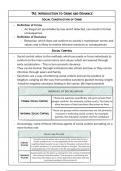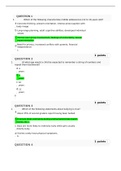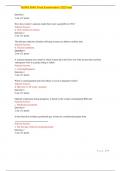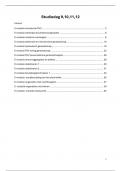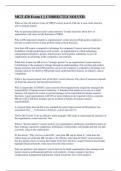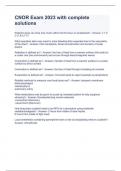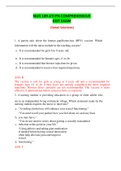Summary
Summary Crime and Deviance - Prior Reading
- Module
- Crime and Deviance
- Institution
- AQA
These are my Y2 A-Level Sociology, AQA Crime and Deviance prior reading/homework notes, there is a weekly summary of every topic covered in crime and deviance as well as diagrams which I have created. Theorists are named with their theories indented just after their dates. Key information and stats...
[Show more]
